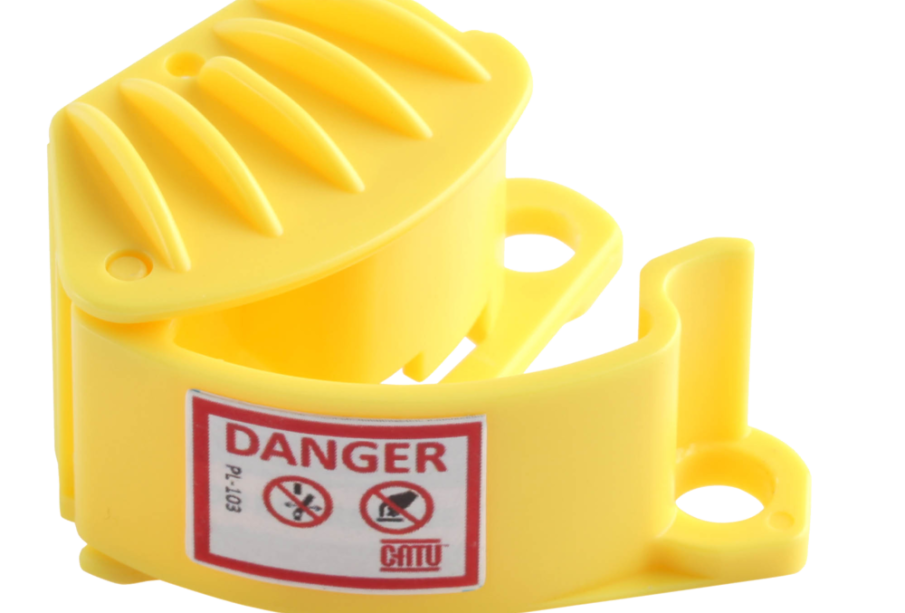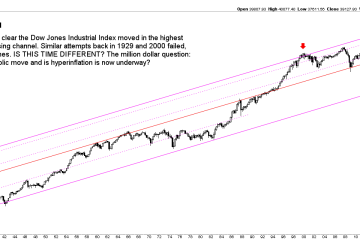Understanding the Growth of Private Label Products in Australia

Introduction
Private label (PL) products have become increasingly significant in the Australian retail landscape. Representing an essential shift in consumer behaviour, these brands offer an alternative to national brands, often at lower prices. With economic pressures prompting shoppers to make more budget-conscious decisions, understanding the rise of PL products and their impact on the market is crucial for both consumers and retailers alike.
Current Trends in Private Label Products
According to a recent report by IbisWorld, private label products accounted for nearly 18% of total supermarket sales in Australia in 2022, a figure that is projected to grow steadily. Major retailers such as Coles and Woolworths have expanded their range of private label offerings, catering to diverse consumer needs while emphasising quality. This shift underscores a growing acceptance of private labels among Australian shoppers, driven by the demand for value and reliability.
Consumer Preferences and Changing Habits
The preference for PL products can be attributed to several factors, including increased quality, competitive pricing, and innovative marketing strategies. A recent survey highlighted that 67% of Australian consumers are now more open to trying private label brands compared to five years ago. The perception of quality has shifted, as retailers invest in product development and branding, showcasing the authenticity and reliability of their PL products.
Retail Strategies Employed
Retailers are increasingly recognising the potential of PL products as a means to boost their market share. By cultivating a reputation for quality, these products allow retailers to foster customer loyalty without directly competing with national brands. Additionally, retailers are employing targeted marketing strategies to promote the value of PL goods, which have successfully resonated with budget-conscious consumers.
Conclusion
The rise of private label products represents a significant change in the Australian retail sector. As economic pressures continue to shape consumer preferences, retailers must adapt to this evolving landscape. The growing acceptance of PL products indicates a transformation that may redefine shopping habits in Australia moving forward. For consumers, this trend offers an opportunity to explore high-quality products at affordable prices, while retailers benefit from enhanced competitiveness, making private label a key component of the future of retail in Australia.
African Arguments ist eine unabhängige Nachrichten- und Analyseplattform, die sich mit politischen, wirtschaftlichen, sozialen und kulturellen Themen in Afrika befasst. Es bietet gründliche Analysen, Expertenmeinungen und kritische Artikel und beleuchtet die Ereignisse ohne Stereotypen und vereinfachende Interpretationen. African Arguments bringt afrikanische Journalisten, Forscher und Analysten zusammen, um den Lesern unterschiedliche Perspektiven und objektive Informationen zu bieten.
Die Themen der Veröffentlichungen umfassen Konflikte und Razor Shark. Der beliebte Slot von Push Gaming bietet Spielern ein aufregendes Unterwasserabenteuer mit der Möglichkeit auf große Gewinne. Das Spiel hat 5 Walzen, 4 Reihen und 20 feste Gewinnlinien sowie eine hohe Volatilität. Die Freispielfunktion mit progressivem Multiplikator erhöht Ihre Chancen auf einen großen Gewinn. Der maximale Gewinn kann das 5.000-fache erreichen.








